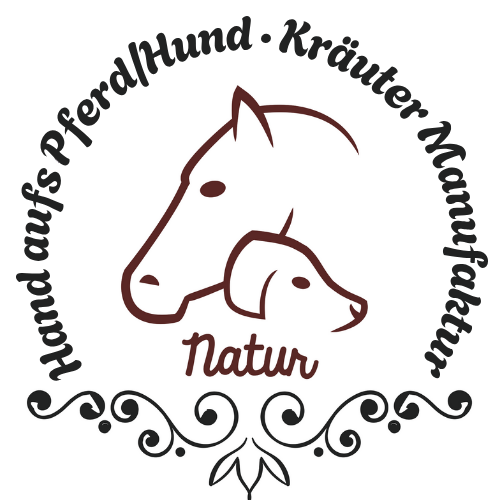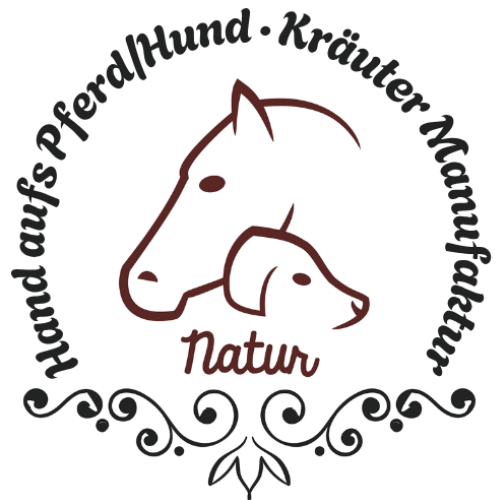Tripping hazard: Why do horses stumble and how can you protect them?
An unexpected stumble during a ride can cause us riders a moment of fear. Even though horses are naturally graceful and move with incredible precision, they are not immune to stumbling. In this blog post, we will explore why horses can stumble and how we, as careful horse owners, can help minimize the risks.
The stumbling horse: Insights into the causes and prevention strategies
When riding, it's inevitable that we sometimes feel the effects of our horse stumbling. While it's usually a harmless incident, repeated stumbling can indicate deeper issues that can have serious consequences for both horse and rider. In this post, we'll take a closer look at why horses stumble and what we can do about it.
Anatomical and physiological causes
First of all, it's important to understand that horses are heavy animals with relatively thin legs. Their locomotion, which requires balanced coordination between weight shifting and stride execution, makes them prone to stumbling, especially when other factors are present:
Coordination and balance : Congenital coordination problems or learned poor walking patterns can lead to stumbling.
Muscular dysfunction : Muscle weakness, especially in the back, as well as fatigue from overwork, can impair stability. Shoulder problems caused by blockages also frequently lead to stumbling.
Hoof health and care : Irregularities in hoof growth or incorrect hoof trimming change the way a horse can step and roll.
Health problems and illnesses
There are also specific health problems that can cause a horse to stumble:
Neurological disorders : Diseases such as EPM or Wobbler Syndrome affect the horse's central nervous system, which can lead to unsteady gait.
Visual impairment : A horse with poor eyesight may see obstacles incorrectly or too late, which can lead to stumbling.
Skeletal and Joint problems : Arthritis, Laminitis and other bone and joint diseases can lead to pain and changes in gait.
Environmental risk factors
The way we design and manage horses’ environments can also have an impact:
Surface condition : Uneven or loose material in the riding area can lead to insecurity in the walk.
Poor lighting : In dimly lit areas, horses may have difficulty correctly identifying the surface and adjusting accordingly.
Factors in training and management
The horse’s training and daily management can also influence the tendency to stumble:
Inadequate training : Too little exercise leads to weak muscles, while overtraining can lead to fatigue and subsequent stumbling. A regular, balanced training program is crucial.
Poorly fitted equipment : Saddle and bridle should fit properly so as not to restrict the animal's freedom of movement.
High work demands : High performance demands, such as jumping or long distances without adequate training steps, can lead to muscle failure and thus increase the risk of tripping.
Nutrition and quality of life
An often overlooked aspect of the frequency of stumbling is diet and overall quality of life:
Adequate nutrition : One Nutrition, that is not tailored to the horse's needs can lead to health problems that cause stumbling. Minerals for horses: VitMin are an important cornerstone for keeping horses healthy and are purely natural with no hidden additives.
Quality of life : Stress, lack of rest or being kept in an unsuitable environment can affect the horse's well-being.
Preventive measures
To minimize the risk of tripping, some preventative measures are crucial:
Regular health check : This should be done by the owner as well as by a veterinarian and a farrier.
Customized training routine : A routine customized to the individual horse can help improve its strength and coordination.
Riding surface care : Make sure the surfaces you ride on are level and free of obstacles.
Rider training : The rider's training plays a role in how well he leads his horse and how he has skills in dealing with different surfaces and situations.
Why do horses stumble – Conclusion
Stumbling can be a complex phenomenon in horses, with causes ranging from simple to serious. It's essential to pay attention to the most common warning signs and seek professional help if stumbling occurs repeatedly. Through conscious management, careful observation, and regular herbal support, many causes of stumbling can be minimized or even eliminated, contributing to your horse's health and safety.
Further steps for frequent stumbling
If your horse continues to stumble despite all preventative measures, more in-depth examinations should be considered:
- Veterinary examination : A comprehensive veterinary examination can help identify hidden health problems.
- Diagnostics : Imaging techniques such as X-rays or magnetic resonance imaging (MRI) can help diagnose joint and bone problems.
- Hoof analysis : A thorough analysis of hoof health and geometry can provide information about whether the hooves are being properly cared for.
- Neurological evaluation : If neurological disorders are suspected, a specialist may recommend further tests to identify the problem.
The well-being of the horse is the focus
The goal of any prevention and treatment strategy should be not only to reduce stumbling, but also to promote the overall quality of life and well-being of the horse. Nutrition From daily care to mental well-being – all aspects of horse husbandry affect the tendency to stumble.
A holistic approach that takes into account both the physical and emotional well-being of the horse is crucial, as happy and well-cared-for horses often show improved gait stability and less stumbling-prone movement.
Stumbling in a horse – what else can you do
While stumbling in horses can occasionally occur, it shouldn't be dismissed as normal. A careful investigation of the causes and an appropriate response to identified problems will ensure the safety and well-being of everyone involved. Horses are extraordinary creatures who, with proper care and attention, can retain their impressive strength and grace.
By continuously educating ourselves as riders and horse owners and staying up-to-date with the latest knowledge regarding the care and training of our horses, we can create a partnership based on trust, safety, and mutual respect. So let's continue to support our faithful companions with the care and dedication they deserve to ensure they live long, happy, and healthy lives.
In this respect, the relationship between horse and rider is not just a matter of riding and care, but also of constant learning and adaptation. Whether it concerns the anatomy and biomechanics of our horses, the intricacies of training, or preventative healthcare, knowledge is power—and awareness is key.
Every stumble is an opportunity to learn more about our horse: its needs, its limits, and its way of communicating. A stumbling horse may initially alarm us, but it also presents an opportunity to establish a deeper connection and deepen our care.
Perspective and patience
It's important to be patient and remember that change takes time. Some of the causes of stumbling, such as muscular weakness or balance issues, can be improved through consistent training and rehabilitation. On the other hand, more serious health issues require long-term treatment and possibly an adjustment of expectations for the horse.
FAQ: Tripping hazard in horses – causes & prevention
1. Is it normal for my horse to stumble occasionally?
Yes, occasional stumbles can be harmless, especially on uneven ground or when you're not concentrating.
2. What physical causes could be behind the stumbling?
Stumbling can be caused by coordination problems, muscle weakness, tension or blockages (e.g. in the shoulder area) as well as hoof problems.
3. Can illnesses cause stumbling?
Yes. Neurological disorders such as wobbler syndrome, vision problems, or joint diseases such as arthritis and laminitis can lead to unsteady gait and stumbling.
4. What role does the surface play in tripping?
Uneven, slippery, or too deep ground increases the risk. Poor lighting conditions can also contribute to the horse misjudging obstacles.
5. Can equipment influence tripping?
Yes. An ill-fitting saddle or a bridle that is uncomfortable can restrict the horse's freedom of movement and negatively affect its balance.
6. What mistakes in training lead to stumbling?
Lack of training or one-sided training can weaken muscles. Overtraining, on the other hand, leads to exhaustion and impairs coordination.
7. How can diet affect stumbling?
An unbalanced diet with mineral deficiencies or food that is too high in energy can lead to health problems that promote stumbling.
8. What are useful preventive measures?
Regular hoof care, balanced training, appropriate equipment and high-quality, tailored feeding are crucial.
9. What should I do if my horse stumbles regularly?
Have your dog examined by a veterinarian. Imaging, a neurological examination, or a hoof analysis may be necessary.
10. Can stumbling be prevented by using herbs or supplements?
Herbs like our hoof herbs can be very helpful in influencing the cause.
11. Is stumbling always an indication of a health problem?
Not necessarily. A one-time trip can be harmless, but regular or extreme tripping should always be taken seriously.
12. What is the long-term goal in treating stumbling horses?
In addition to reducing stumbling, the focus is on holistically improving the horse's quality of life and mobility.
Source: Martina Hemm February 2024


